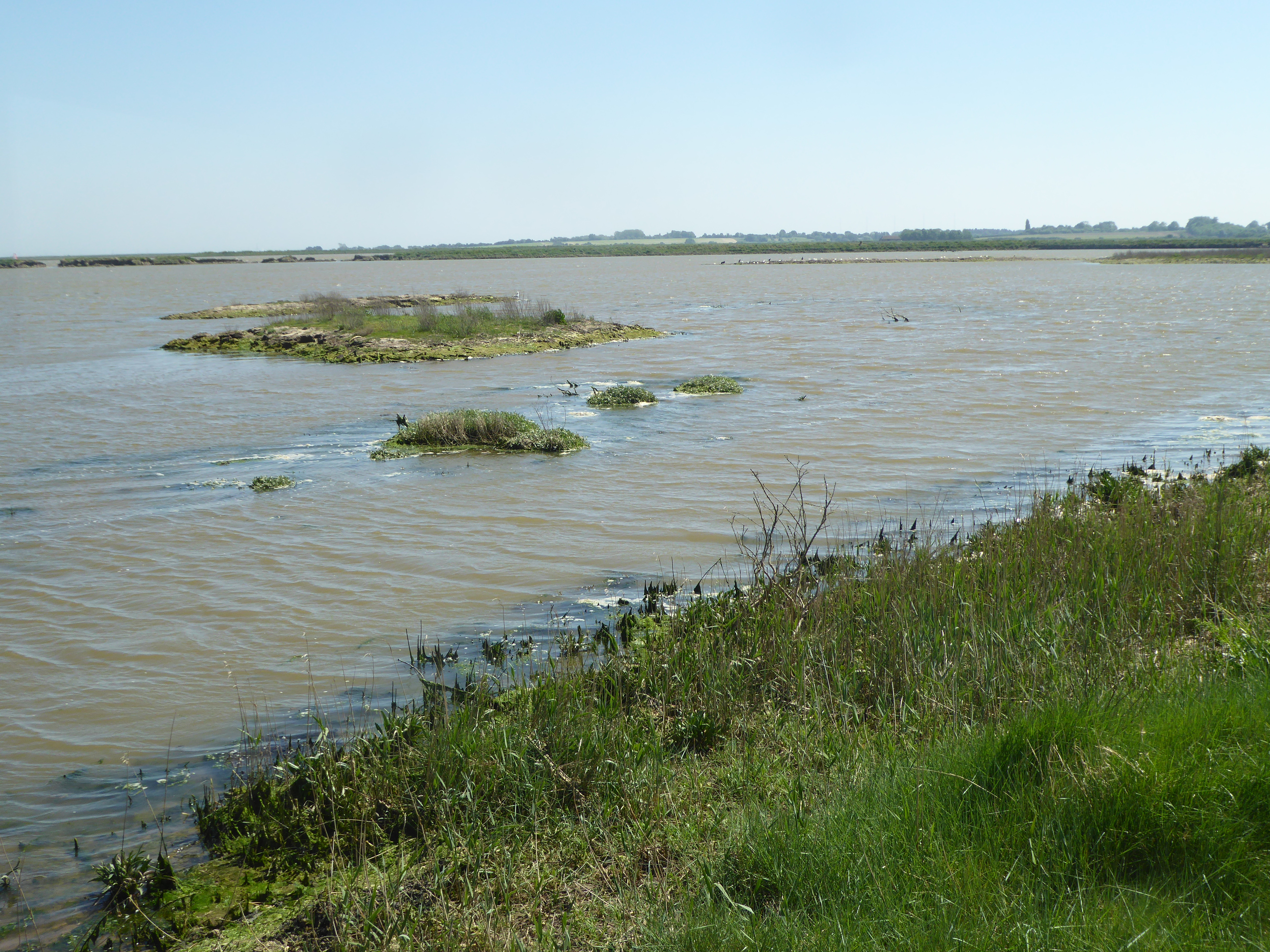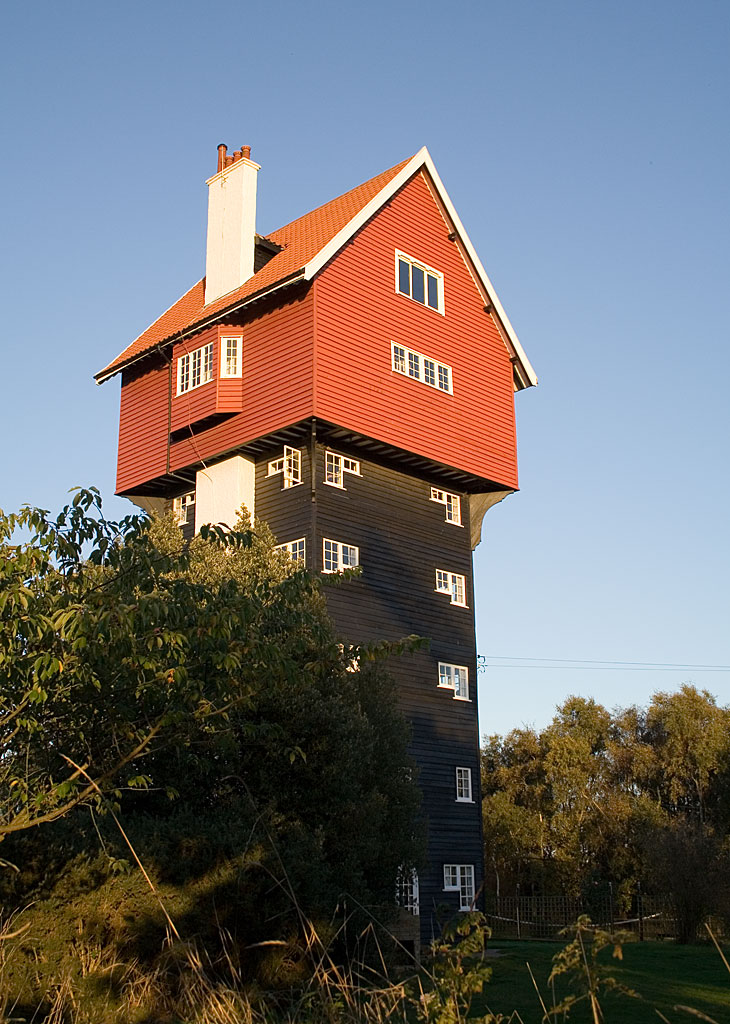|
Sizewell
Sizewell is an English fishing hamlet in the East Suffolk district of Suffolk, England. It belongs to the civil parish of Leiston and lies on the North Sea coast just north of the larger holiday village of Thorpeness, between the coastal towns of Aldeburgh and Southwold. It is east of the town of Leiston and belongs within the Suffolk Coast and Heaths AONB. It is the site of two nuclear power stations, one of them still active. There have been tentative plans for a third station to be built at the site. Nuclear power stations The village is the location of two separate nuclear power stations, the Magnox Sizewell A and Pressurized Water Reactor (PWR) Sizewell B, which are readily visible to the north of the village. Sizewell A is decommissioned, having ceased to generate electricity in 2006. The decommissioning process is expected to take until 2027 to complete, with the site not expected to be cleared until 2098. [...More Info...] [...Related Items...] OR: [Wikipedia] [Google] [Baidu] |
Sizewell Nuclear Power Stations
The Sizewell nuclear site consists of two nuclear power stations, one of which is still operational, located near the small fishing village of Sizewell in Suffolk, England. Sizewell A, with two Magnox reactors, is now in the process of being decommissioned. Sizewell B has a single pressurised water reactor (PWR) and is the UK's newest nuclear power station. A third power station, to consist of twin EPR reactors, is planned to be built as Sizewell C. Sizewell A Site The site of Sizewell A occupies north of Sizewell. It is on a low plateau above flood level. The geological foundation comprises Norwich Crag Formation and Red Crag Formation bedrock of Pleistocene age above Eocene London Clay. The Crag deposits predominantly consist of medium dense and dense sands with thin layers of clay and silt and fossiliferous shelly horizons. The Crag strata extend to a depth of below ground level. In 1972/73, Sizewell A was awarded the Christopher Hinton trophy in recognition of good h ... [...More Info...] [...Related Items...] OR: [Wikipedia] [Google] [Baidu] |
Sizewell Hall
Sizewell Hall houses a Christian conference centre in Sizewell on the Suffolk coast, England. The estate is owned by the Ogilvie family. Back in the 1950s it housed a progressive school for 7–13s. It has historical connections with a classic taxidermy collection. The present Christian conference centre is run by Sizewell Hall Ltd, a registered charity. In 2007, 6,500 visitors stayed there, mainly local church groups from East Anglia, national bodies and a local youth organisation CYM from Ipswich. CYM has developed an activity holiday for schoolchildren in the African Village in the Hall grounds. History The Ogilvie family bought the estate in 1859, increased it to over and enlarged the house. Mrs Margaret Ogilvie as a benefactress set up a research award (readership in ophthalmology) at Oxford University From this house not far from RSPB Minsmere, the ophthalmic surgeon Fergus Menteith Ogilvie (1861–1918) formed a large collection of British birds, which in partnership wit ... [...More Info...] [...Related Items...] OR: [Wikipedia] [Google] [Baidu] |
Leiston
Leiston ( ) is an English town in the East Suffolk non-metropolitan district of Suffolk, near Saxmundham and Aldeburgh, about from the North Sea coast, north-east of Ipswich and north-east of London. The town had a population of 5,508 at the 2011 Census. History The 14th-century remains of Leiston Abbey lie north-west of the town.Leiston Abbey English Heritage. Retrieved 30 March 2011. Leiston thrived in the late 19th and early 20th centuries as a manufacturing town, dominated by , owners of Leiston Works, which boasted the world's first flow assembly line, for the manufacture of |
Magnox
Magnox is a type of nuclear power/production reactor that was designed to run on natural uranium with graphite as the moderator and carbon dioxide gas as the heat exchange coolant. It belongs to the wider class of gas-cooled reactors. The name comes from the magnesium-aluminium alloy used to clad the fuel rods inside the reactor. Like most other " Generation I nuclear reactors", the Magnox was designed with the dual purpose of producing electrical power and plutonium-239 for the nascent nuclear weapons programme in Britain. The name refers specifically to the United Kingdom design but is sometimes used generically to refer to any similar reactor. As with other plutonium-producing reactors, conserving neutrons is a key element of the design. In magnox, the neutrons are moderated in large blocks of graphite. The efficiency of graphite as a moderator allows the Magnox to run using natural uranium fuel, in contrast with the more common commercial light-water reactor which re ... [...More Info...] [...Related Items...] OR: [Wikipedia] [Google] [Baidu] |
Suffolk Wildlife Trust
Suffolk Wildlife Trust (SWT) describes itself as the county's "nature charity – the only organisation dedicated wholly to safeguarding Suffolk's wildlife and countryside." It is a registered charity, and its headquarters is at Brooke House in Ashbocking, near Ipswich. It was founded in 1961,About us , Suffolk Wildlife Trust. Retrieved 3 March 2014. and is one of 46 covering the . As of March 2017, it has 13,200 members, and it manages of land in 60 nature reserves, most of whi ... [...More Info...] [...Related Items...] OR: [Wikipedia] [Google] [Baidu] |
Thorpeness
Thorpeness is a seaside village in the East Suffolk (district), East Suffolk district of Suffolk, England, which developed in the early 20th century into an exclusive holiday village. It belongs to the parish of Aldringham cum Thorpe and lies within the Suffolk Coast and Heaths AONB. Development ''For the earlier history of Thorpe, see Aldringham-cum-Thorpe.'' The village was a small fishing hamlet originating in the late 19th century, with folklore, folk tales of it being a route for smugglers into East Anglia. However in 1910, Glencairn Stuart Ogilvie, a Scottish barrister whose father had made a fortune building railways around the world, increased the family's local estates to cover the entire area from north of Aldeburgh to past Sizewell, up the coast and inland to Aldringham and Leiston. Most of this land was used for farming, but Ogilvie developed Thorpeness into an elite private fantasy holiday village, to which he invited his friends' and colleagues' families during ... [...More Info...] [...Related Items...] OR: [Wikipedia] [Google] [Baidu] |
Suffolk
Suffolk () is a ceremonial county of England in East Anglia. It borders Norfolk to the north, Cambridgeshire to the west and Essex to the south; the North Sea lies to the east. The county town is Ipswich; other important towns include Lowestoft, Bury St Edmunds, Newmarket, and Felixstowe which has one of the largest container ports in Europe. The county is low-lying but can be quite hilly, especially towards the west. It is also known for its extensive farming and has largely arable land with the wetlands of the Broads in the north. The Suffolk Coast & Heaths and Dedham Vale are both nationally designated Areas of Outstanding Natural Beauty. History Administration The Anglo-Saxon settlement of Suffolk, and East Anglia generally, occurred on a large scale, possibly following a period of depopulation by the previous inhabitants, the Romanised descendants of the Iceni. By the fifth century, they had established control of the region. The Anglo-Saxon inhabitants later b ... [...More Info...] [...Related Items...] OR: [Wikipedia] [Google] [Baidu] |
Sheridan Morley
Sheridan Morley (5 December 1941 − 16 February 2007) was an English author, biographer, critic and broadcaster. He was the official biographer of Sir John Gielgud and wrote biographies of many other theatrical figures he had known, including Noël Coward. Nicholas Kenyon called him a "cultural omnivore" who was "genuinely popular with people". Early life Sheridan Morley was born in Ascot, Berkshire, in a nursing home opposite Ascot Racecourse, the eldest son of actor Robert Morley and grandson, via his mother Joan Buckmaster, of the actress Dame Gladys Cooper.Obituary: Sheridan Morley ''Daily Telegraph'', 17 February 2007 He was named after Sheridan Whiteside, the title role his father was playing in a long-running production of '' |
Suffolk Coast And Heaths
The Suffolk Coast and Heaths AONB is an Area of Outstanding Natural Beauty in Suffolk and Essex, England. The AONB covers ancient woodland, commercial forestry, the estuaries of the Alde, Blyth, Deben, Orwell and Stour rivers, farmland, salt marsh, heathland, mudflats, reed beds, small towns and villages, shingle beaches and low eroding cliffs along 60 miles of coastline. Features include the coastal towns of Aldeburgh and Southwold, Bawdsey, Covehithe, Dunwich, Minsmere, Orford, Orford Ness, Sizewell, Thorpeness, Walberswick and the RSPB Minsmere Reserve. There are three National Nature Reserves in the area and many Sites of Special Scientific Interest. Three long-distance footpaths pass through the AONB: the Suffolk Coast Path, the Sandlings Walk and the Stour and Orwell Walk. In July 2020 the AONB was extended by around 38 square kilometres to cover land north of Brantham, and an area around Mistley and Wrabness in Essex Essex () is a county in the East of Eng ... [...More Info...] [...Related Items...] OR: [Wikipedia] [Google] [Baidu] |
Imperial Gazetteer Of England And Wales
The ''Imperial Gazetteer of England and Wales'' is a substantial topographical dictionary first published between 1870 and 1872, edited by the Reverend John Marius Wilson. It contains a detailed description of England and Wales. Its six volumes have a brief article on each county, city, borough, civil parish, and diocese, describing their political and physical features and naming the principal people of each place. The publishers were A. Fullarton and Co., of London & Edinburgh. The work is a companion to Wilson's ''Imperial Gazetteer of Scotland'', published in parts between 1854 and 1857. The text of the Imperial Gazetteer is available online in two forms, as images you pay for on the Ancestry web site,Gazetteers at ukgenealogy.co.uk (accessed 4 November 2007) and as freely accessible searchable text on '' |
John Marius Wilson
John Marius Wilson (c. 1805–1885) was a British writer and an editor, most notable for his gazetteers. The ''Imperial Gazetteer of England and Wales'' (published 1870–72), was a substantial topographical dictionary in six volumes. It was a companion to his ''Imperial Gazetteer of Scotland'', published 1854–57. He was born in Lochmaben Lochmaben ( Gaelic: ''Loch Mhabain'') is a small town and civil parish in Scotland, and site of a castle. It lies west of Lockerbie, in Dumfries and Galloway. By the 12th century the Bruce family had become the local landowners and, in the 14th ..., Dumfriesshire in about 1805, and was ordained as a Congregationalist minister, working for a time in County Galway in Ireland. From the late 1840s onwards he devoted himself to writing and editing, living in Edinburgh, where he died in 1885, aged 80. [...More Info...] [...Related Items...] OR: [Wikipedia] [Google] [Baidu] |
Kayak
A kayak is a small, narrow watercraft which is typically propelled by means of a double-bladed paddle. The word kayak originates from the Greenlandic word ''qajaq'' (). The traditional kayak has a covered deck and one or more cockpits, each seating one paddler. The cockpit is sometimes covered by a spray deck that prevents the entry of water from waves or spray, differentiating the craft from a canoe. The spray deck makes it possible for suitably skilled kayakers to roll the kayak: that is, to capsize and right it without it filling with water or ejecting the paddler. ] Some modern boats vary considerably from a traditional design but still claim the title "kayak", for instance in eliminating the cockpit by seating the paddler on top of the boat ("sit-on-top" kayaks); having inflated air chambers surrounding the boat; replacing the single hull with twin hulls; and replacing paddles with other human-powered propulsion methods, such as foot-powered rotational propellers and "fli ... [...More Info...] [...Related Items...] OR: [Wikipedia] [Google] [Baidu] |



